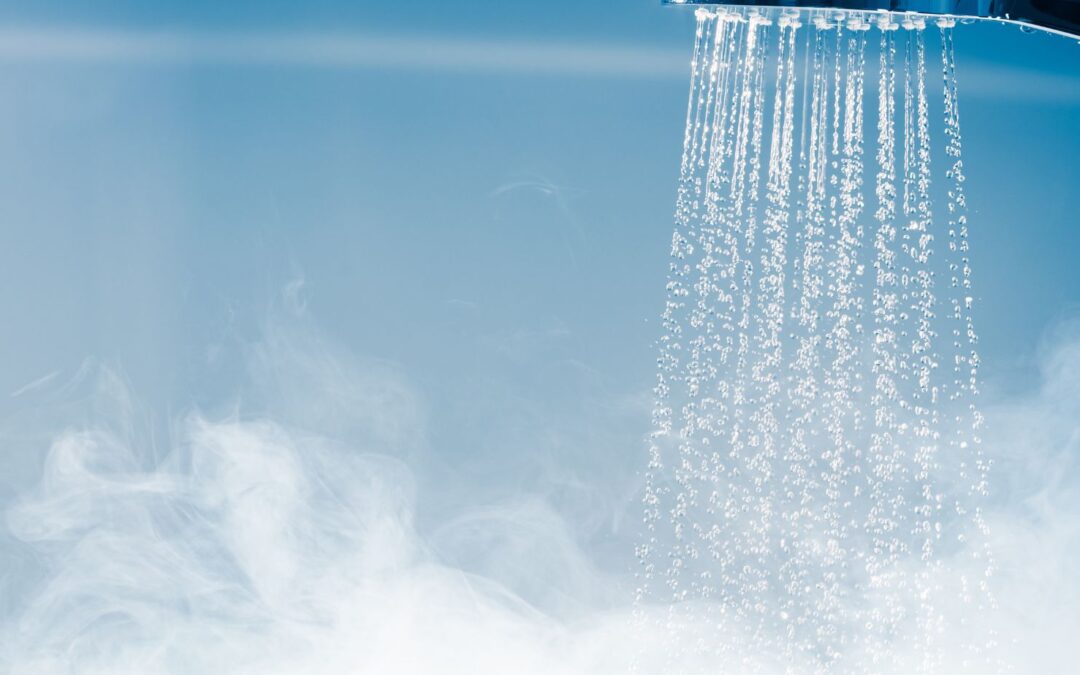Keeping your water heater in tip-top shape is crucial but often overlooked until problems arise. When it stops working correctly, you may find yourself shivering through cold showers or dealing with leaks that damage your home. By performing regular maintenance, you can avoid untimely breakdowns and ensure your unit safely and efficiently delivers hot water for years.
This guide will empower you to take control of water heater upkeep. Learn the signs that indicate it may be struggling to function properly. There are several possible reasons why, even after letting your faucet or shower run for a bit, your water isn’t getting hot. It’ll also explore how to spot potential issues, tackle fundamental maintenance yourself, and determine when professional attention is needed.
With simple preventative care, you can relax knowing your water heater has your back. Dodge unexpected repair bills and keep your showers steaming and faucets flowing on demand.
Understanding Your Water Heater
To perform proper maintenance, you need a basic grasp of how your water heater operates. At its core, it has a storage tank that heats cold water from your home’s main supply as it passes through. This process occurs either via electric heating elements or gas burners. The heated water is stored until needed for use in faucets, washing machines, showers, and more.
Key components that keep everything working smoothly include the gas valve or electric control, thermostat, pressure relief valve, anode rod, and insulation wrapping the tank.
By comprehending the function of each part, you can better detect issues and protect your water heater from premature failure. If any term is unfamiliar, consult your manual for specifics on the workings of your make and model.
Know The Signs Of Water Heater Issues
Keep an eye and ear out for the following red flags:
- Rust-colored water coming from faucets points to internal corrosion and likely means the anode rod needs checking.
- Dripping or pooling water around the base signals pesky leaks around the inlet/outlet fittings or the tank itself.
- An increase in noise when the unit is heating warns the burner or electric elements may be wearing out.
- If it takes longer for hot water to reach your taps, scale buildup could hamper heat transfer.
- Odd smells or continuous discharge from the pressure relief valve indicate more significant issues that need pro-inspection.
Spotting these warning signs early allows you to take corrective action right away. Remember, early intervention when abnormalities pop up helps prevent small repair jobs from ballooning into emergency replacements!
Regular Maintenance Tasks
Performing simple yet vital maintenance checks on a defined schedule keeps your water heater humming. Focus on these fundamental tasks for peak operation and lifespan.
- Flushing the tank – Annual flushing removes sediment and mineral buildup inside the tank. Over time, these coat the bottom and sides, acting as insulation that hampers heating efficiency. Draining and rinsing clear out these deposits through the drain valve. Refill and check for leaks when done.
- Checking for leaks – Inspect all water connections and pipes leading in/out of the tank monthly. Look for wet spots or dripping. Catching small leaks early prevents catastrophic failures down the line. Also, check the tank exterior for rust and moisture.
- Testing the pressure relief valve – The PRV is a crucial safety release that opens if excess pressure builds up, releasing hot water and steam. Test manually every six months by lifting the lever. Ensure it isn’t stuck shut. Allow water to flow, then snap back into a closed position when released.

- Inspecting anode rod – This metal rod attracts corrosion, unlike the steel tank. It erodes over time, requiring replacement. Remove and check every 2-4 years. If more than 60% deteriorates, replace it per manufacturer instructions to protect the tank.
- Examining thermostat & heating element – The thermostat regulates water temp. Lower or raise as needed to conserve energy and prevent scalding. Check it and the heating element wiring annually as part of the tune-up. Confirm proper voltage to terminals and that amperage is within service capacity for safe operation.
When it comes to home plumbing, few things are more essential than on-demand hot water flow. Keep showers steaming, sinks warm, and appliances humming by adding water heater care to your maintenance checklist.
Seasonal Maintenance Tips
When winter approaches, take steps to optimize your water heater:
- Insulate any exposed hot water pipes leading to and from the unit. This approach conserves heat and helps prevent freezing.
- Ensure the unit’s venting remains clear of snow buildup so exhaust can be safely vented out.
- If you need to run more hot water to keep outdoor spigots from icing over, consider turning up the water heater’s thermostat to 5-10 degrees. This strategy accommodates higher demand during cold snaps.
Summertime, in turn, allows you to save energy by lowering the temperature slightly. This tactic prevents overworking the unit to meet demand from automatic dishwashers, washing machines, and other hot water draws. Just ensure it remains at least 120°F to kill internal bacteria buildup.
Paying attention to your water heater during seasonal changes lets you align its usage with your household’s needs. This action allows for maximum efficiency. It also ensures the dependable operation of the unit despite extremes in outside temperatures or spikes in hot water usage.
Safety Measures
When maintaining your water heater, prioritize safety with these vital actions:
- Securely fasten the unit with earthquake straps so it stays firmly upright.
- Confirm adequate clearance from combustibles and that electrical components meet the code. Cover exposed wiring.
- Annually, bubble test gas fittings for leaks. Shut off the supply immediately if found and tighten connections.
Following basic safety protocols preserves safe function, reduces hazard risks, and grants peace of mind alongside your hot water convenience.
Conclusion
When it comes to home plumbing, few things are more essential than on-demand hot water flow. Keep showers steaming, sinks warm, and appliances humming by adding water heater care to your list of DIY skills. Adopting savvy maintenance practices delivers abundant rewards for minimal time invested.

Attention today steers clear of disruptive breakdowns tomorrow. Only you can take charge of monitoring and acting upon your equipment’s needs. Feel empowered by a new understanding of the inner workings, plus what to watch and listen for. With vigilant care, enjoy endless hot water for years before significant repairs or replacements become necessary. Now get started by inspecting your setup and noting one proactive fix to implement this season!
Jessica has a flair for writing engaging blogs and articles. She enjoys reading and learning new things which enables her to write different topics and fields with ease. She also strives to break down complex concepts and make them easy for anybody to comprehend.





